Sinonasal lymphoma refers to the involvement of the nasal cavity and/or paranasal sinuses with lymphoma. It can be primary or secondary.
On this page:
Clinical presentation
The most common locations of sinonasal lymphoma are the nasal cavity and the maxillary sinus. Generally, T cell lymphoma (especially nasal T/NK-cell lymphoma), commonly seen in Asian and South American populations, most frequently involves the nasal cavity, whereas B cell lymphoma, commonly seen in Western populations, usually involves the paranasal sinuses 5.
Presenting symptoms of sinonasal lymphoma are variable but are usually similar to those of benign inflammatory diseases. The clinical symptom spectrum includes nasal obstruction, rhinorrhea, bloody discharge/epistaxis, postnasal drip, facial swelling, neck mass, orbital symptoms, fever, and weight loss.
Pathology
It can be represented by various cytological types but the most common forms to arise in the sinonasal area are thought to be DLBCL (diffuse large cell B cell lymphoma) followed by nasal NK/T-cell lymphoma 3. There is a predilection for involvement of the nasal cavities over the paranasal sinuses.
Radiographic features
Sinonasal lymphomas may be either seen as diffusely infiltrating lesions extending along the walls of paranasal sinuses and nasal cavity or as discrete sinonasal soft tissue mass-like lesions.
CT
Soft tissue attenuating regions, either iso-attenuating to the muscles or hyperattenuating due to a high nucleocytoplasmic ratio. CT is useful for assessing associated bone destruction.
MRI
MRI is considered the optimal imaging modality for assessing locoregional extent of disease:
T1: lesions appear as intermediate signal pattern
T2/STIR: hypointense
T1 C+ (Gd): contrast enhancement of lymphomas is variable, usually tends to be homogeneous in pretreatment lymphomas
Differential diagnosis
-
superior portions of the nasal cavity, near the cribriform plate


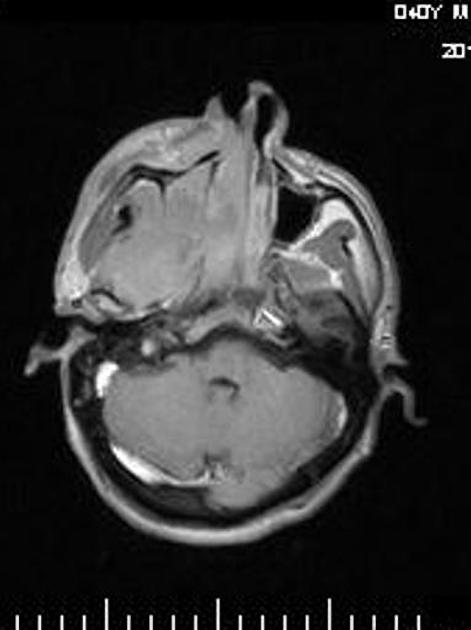
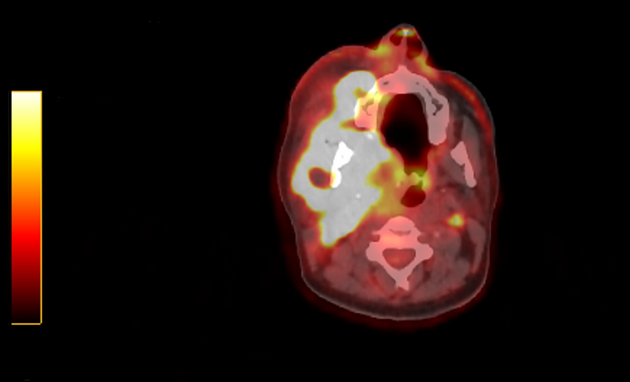
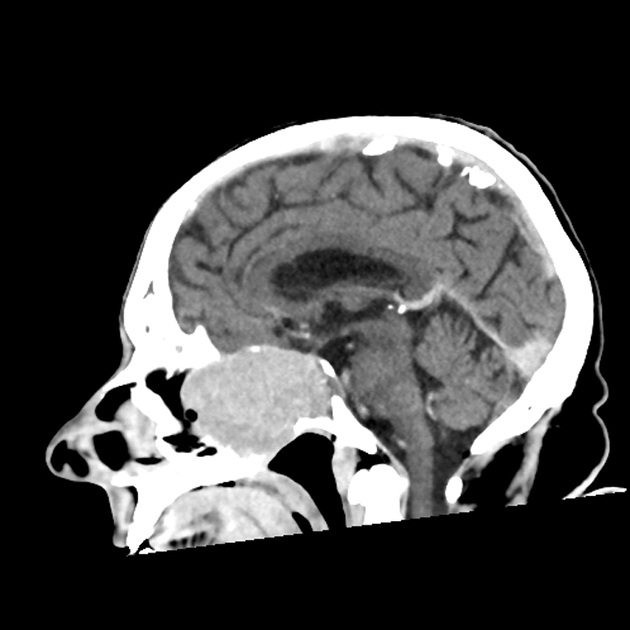
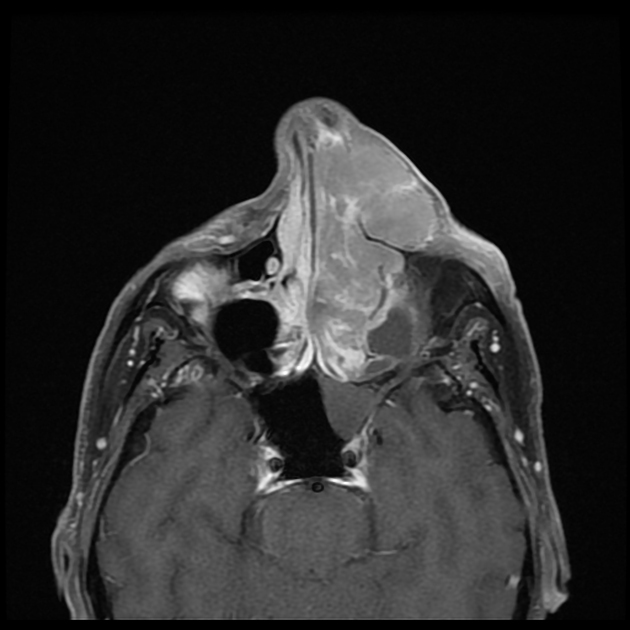
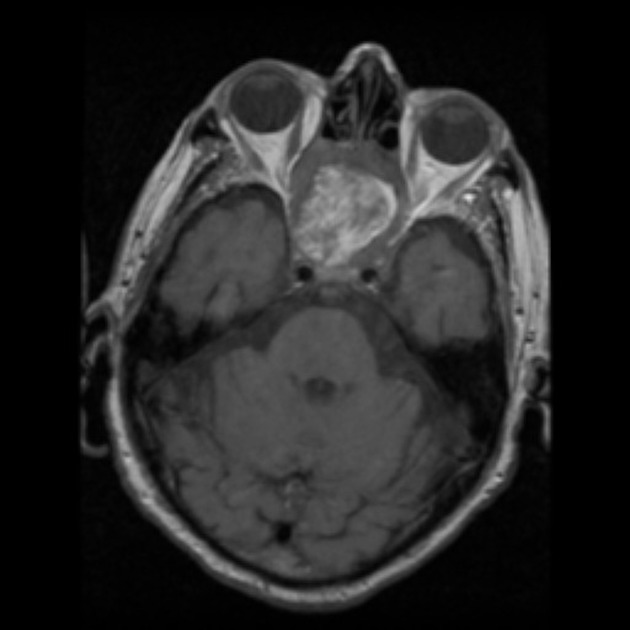


 Unable to process the form. Check for errors and try again.
Unable to process the form. Check for errors and try again.